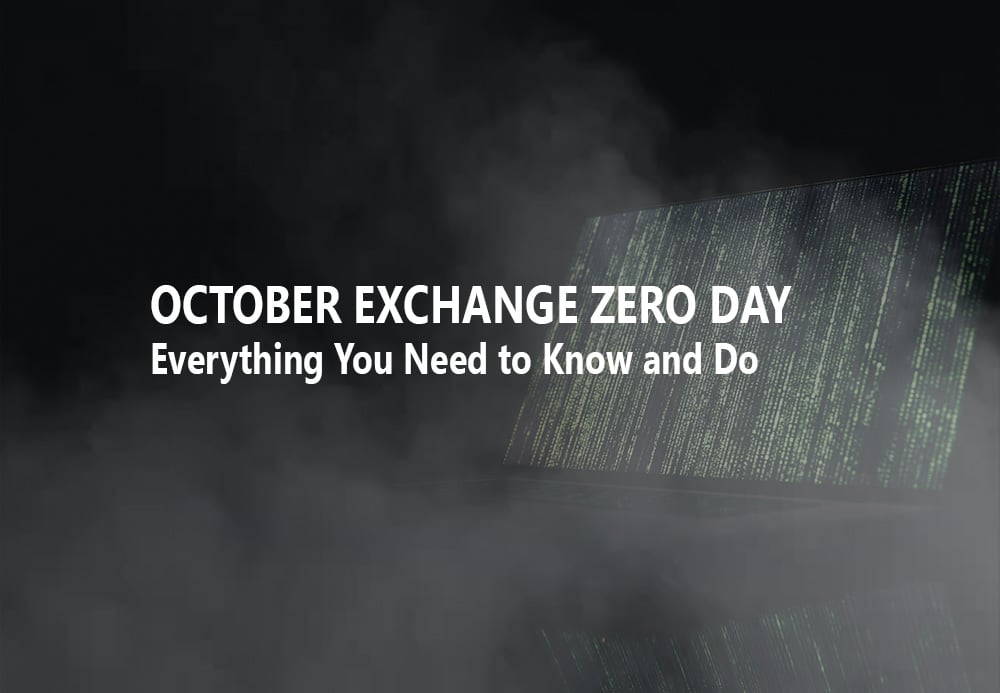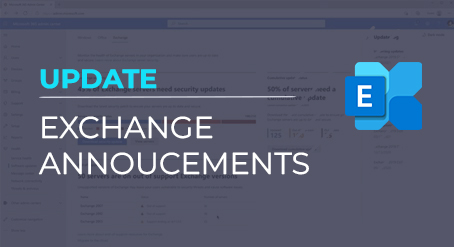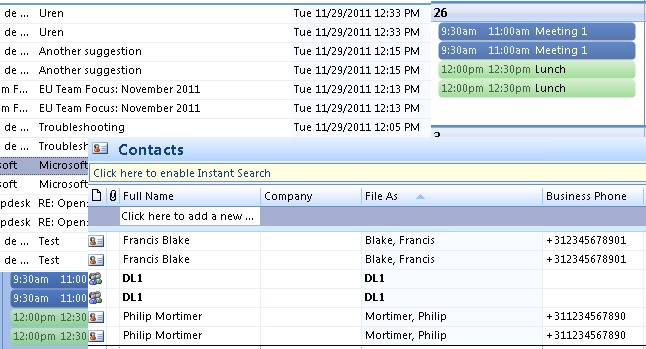October Exchange Zero Day - Everything You Need to Know and Do
Early August 2022, the Vietnamese organization GTSC Cyber Security noticed anomalies in their SOC and they discovered their Exchange servers were under attack. They quickly determined the attack utilized an unpublished Exchange security vulnerability. Due to earlier Exchange attacks GTSC quickly uncovered the vulnerability and Microsoft was informed about the vulnerability at this time.










